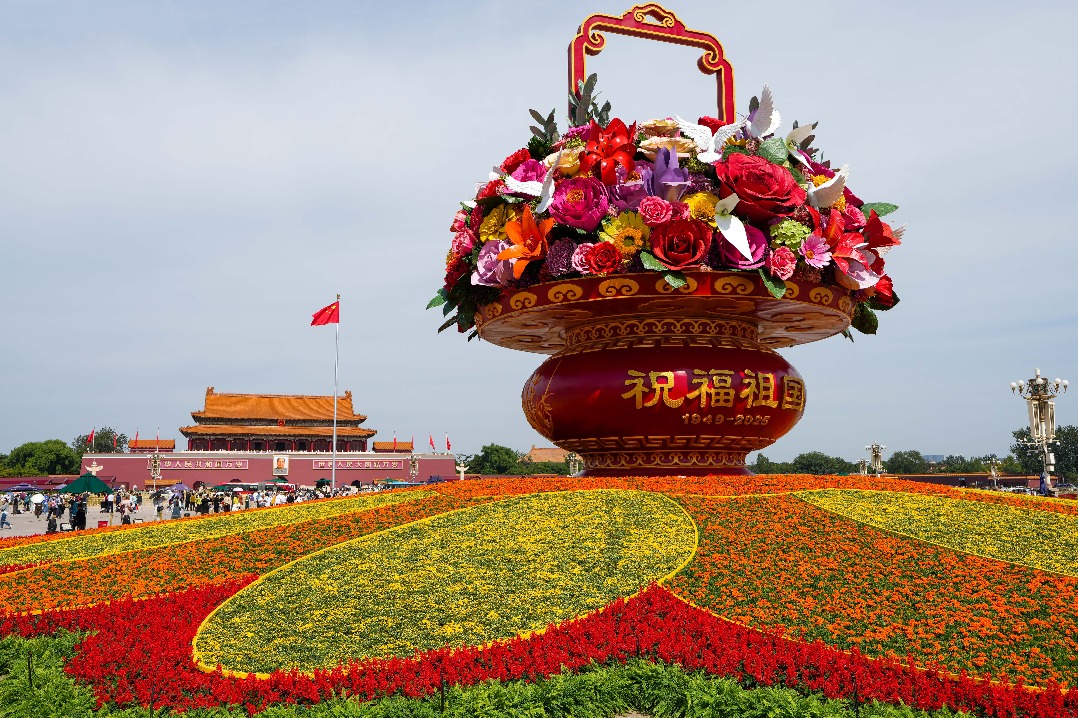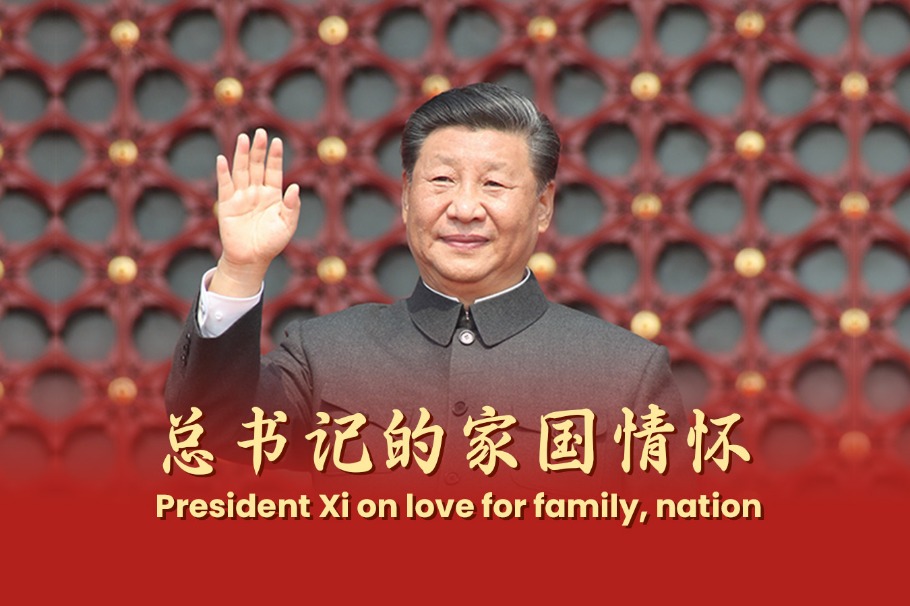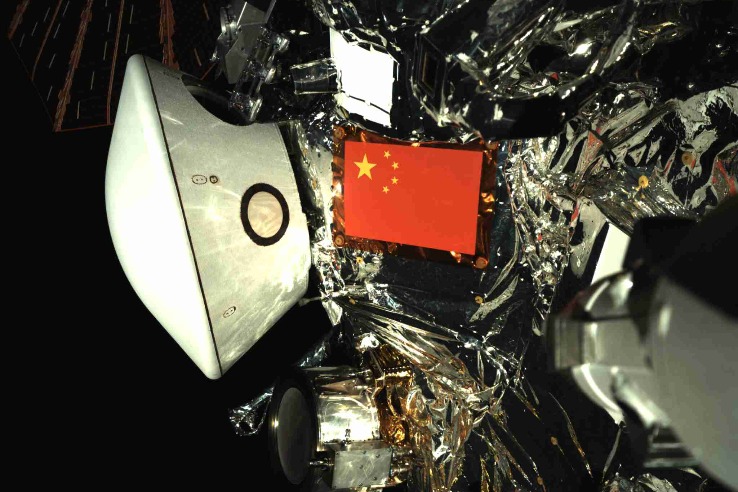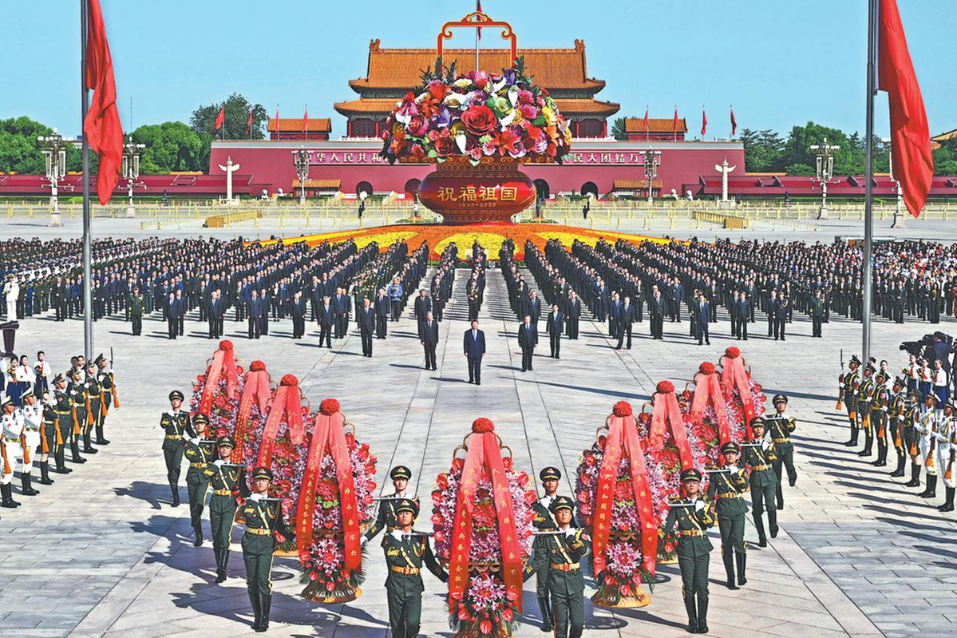BRI inspires concerted efforts for global development

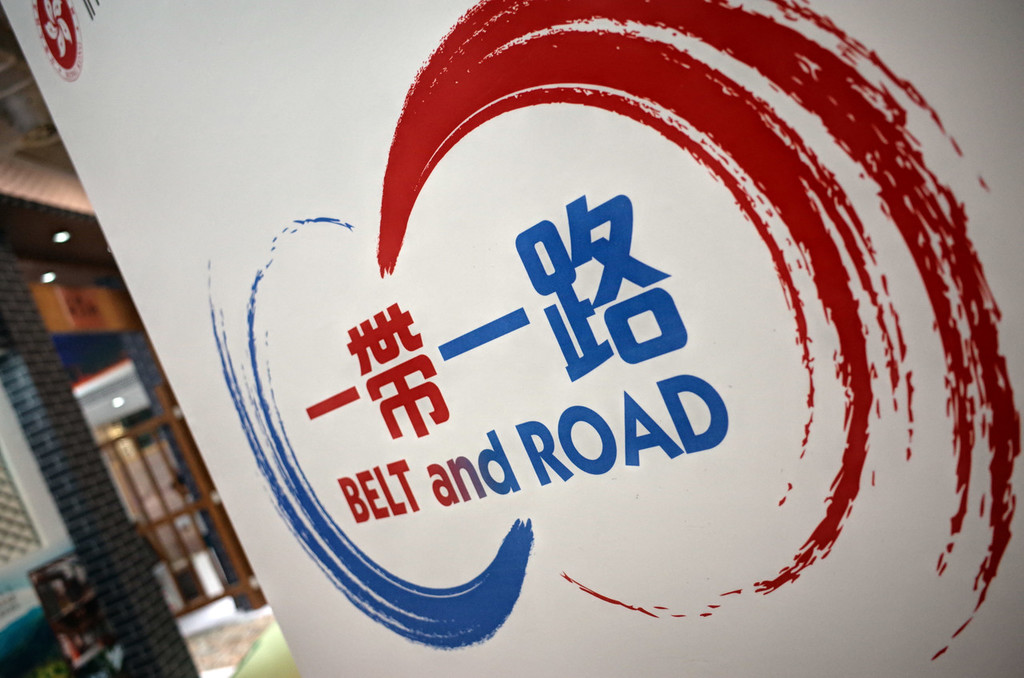
The Belt and Road, after 10 years of operation, has acquired the status of the ancient Silk Road, raised its brand status, and become one of the biggest protagonists and practitioners of economic globalization.
The evolution of this Chinese initiative has taught the international community a number of lessons. Among them, two are inspiring as well as revealing. First, the Belt and Road Initiative has prompted a number of global power contenders to take parallel steps to build on similar ideas while raising new concerns in order to promote high-quality development, environmental sustainability and social progress. And second, the initiative has not only been developing and extending its reach; it has also pioneered a leading cooperation mechanism, making modernization a new driver of globalization.
The Belt and Road Initiative has prompted other economies to launch similar initiatives to advance economic development both regionally and globally. For instance, India and Japan announced the "Asia-Africa Growth Corridor" in 2016, the United States, Australia, Japan, the United Kingdom and the Organization for Economic Cooperation and Development advanced the "Blue Dot Network" in 2019, the G7 member states launched the "Build Back Better World" initiative in 2021 and the Partnership for Global Infrastructure and Investment in 2022 to mobilize $600 billion for global infrastructure investments by 2027, and the European Union proposed the "Global Gateway" in 2021 to boost smart, clean and secure links in digital, energy and transport sectors and strengthen education, healthcare and research systems across the world.
These initiatives are in different stages of development and have different levels of global engagement, in some cases with very limited success, but they all share a common thread: promoting values on a global scale and pushing for globalization. As the European Commission President Ursula von der Leyen said, the Global Gateway will facilitate "smart investments in quality infrastructure, respecting the highest social and environmental standards, in line with the EU's values and standards. The Global Gateway strategy is a template for how Europe can build more resilient connections with the world."
The latest example of such an initiative is the "India-Middle East-Europe Economic Corridor", which was launched by France, Germany, India, Italy, Saudi Arabia, the United Arab Emirates, the United States and the European Commission at the G20 Summit in New Delhi last year to link Europe, the Middle East and Asia.
More important, the Belt and Road Initiative is challenging the monopoly of the West in the postwar world order, as it represents a framework of collaborative practices so as to present quasi-global solutions to common global problems. And at the opening ceremony of the third Belt and Road Forum for International Cooperation, China's top leader emphasized that Belt and Road cooperation has developed from physical connectivity to institutional connectivity.
China has laid down the important guiding principles for high-quality Belt and Road cooperation, which include the principle of "planning together, building together, and benefiting together", the philosophy of open, green and clean cooperation, and the pursuit of "high-standard, people-centered and sustainable cooperation". One of the strongest arguments in favor of the initiative, apart from its size and economic leverage, is its unequivocal contribution to global economic growth, which in turn will help realize the United Nations 2030 Agenda for Sustainable Development.
All these initiatives are aimed at connecting markets and production centers around the world to ensure the unimpeded flow of goods as well as to raise social capital. Similarly, all the initiatives are committed to protecting the environment, improving governance and pursuing sustainable growth. But what differentiates the Belt and Road Initiative from non-Chinese driven global initiatives is the fact that the former has been adapting to new challenges by, for example, promoting digitalization, raising product and service quality, transferring technologies, enhancing industrial efficiency, better protecting the environment, safeguarding energy security, and improving governance while also promoting supplementary initiatives such as the Global Development Initiative, the Global Security Initiative and the Global Civilization Initiative.
Moreover, the Belt and Road Initiative does not present itself as the only model for realizing modernization and globalization to be copied by the current and potential partners. It rather presents a conglomerate of intertwined viewpoints, seeking joint efforts, promoting people-to-people exchanges, investing in development projects, and making more efforts to create a fairer and equitable global economic order by ending the US dollar's hegemony in global trade.
The Belt and Road is a framework initiative, which in conjunction with a number of others and with an innovative global vision seeks market access with consent and promotes globalization as an alternative to the United States-led monopolized economic and trade order. The Belt and Road Initiative has not only prompted other economies to launch similar trade and development initiatives, but also captured the imagination of the majority of the countries, as it advances a framework for cooperation rather than adopting a "buy or leave" attitude.
The Belt and Road is a leading global initiative and a framework for global cooperation, encouraging other global powers to launch similar initiatives, and promote modernization and global economic development based on a shared vision.
The author is an associate professor at the University of Macau (China). The views don't necessarily reflect those China Daily.
If you have a specific expertise, or would like to share your thought about our stories, then send us your writings at opinion@chinadaily.com.cn, and comment@chinadaily.com.cn.
















